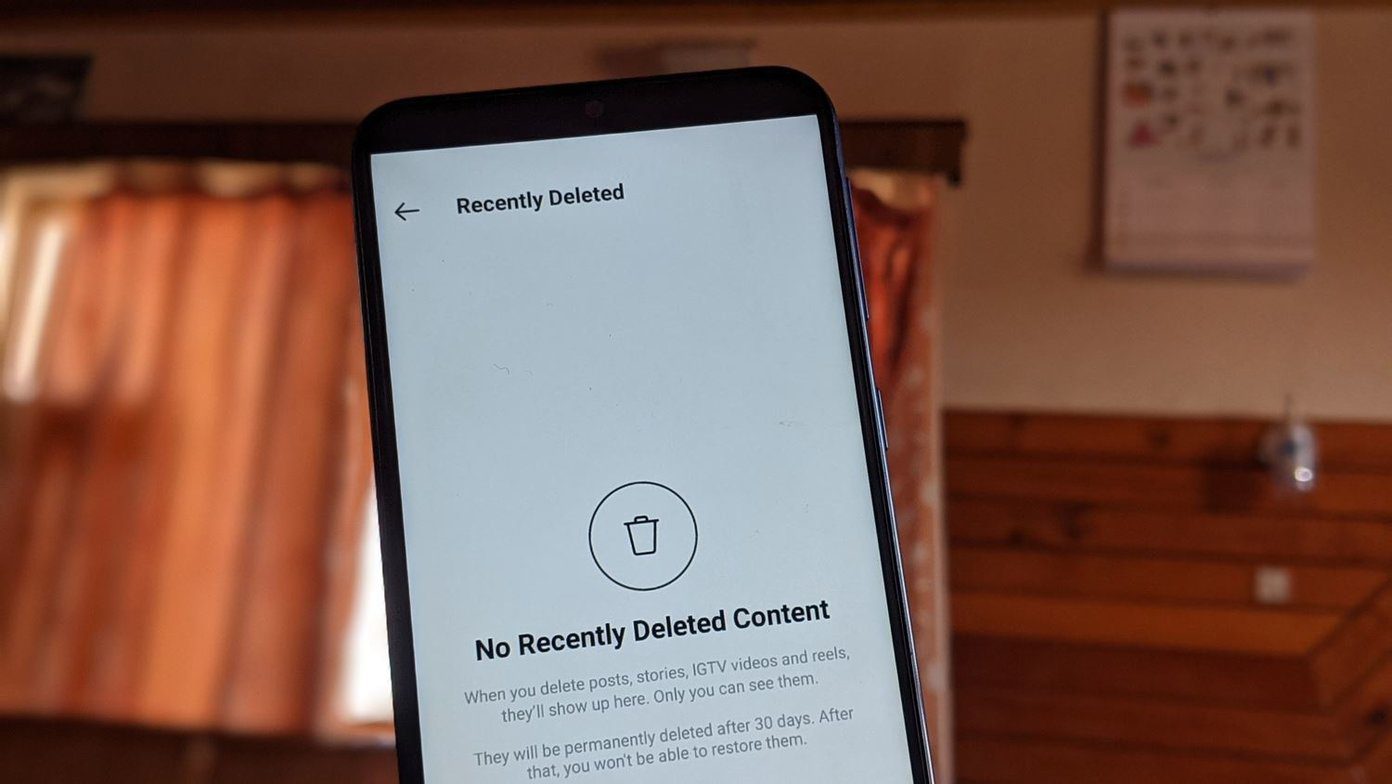Syncback is a feature-rich freeware for Windows that helps you backup and sync files and folders with an external drive, an FTP server or between folders within your PC. Here’s a step by step guide on how to use Syncback to synchronize your important data with an external backup drive or FTP server.
Download and install the free version on your computer (it comes in paid versions too). When you run it, a dialog box appears asking you to create a profile. Click “Yes”.
On profile type, select “Synchronisation” and click OK.
Give a name to your new profile and click OK.
A profile Setup window appears. On the top there are two boxes, source and destination. Click on the folder icon given on the right to select the location of source and destination. Source is the folder which you want to backup and destination is location at the external hard drive where you want to backup and then sync your computer’s data. You could also choose a directory in your PC as the destination drive (it will sync data between folders of your computer). There are many options available. Like if you select “Synchronise the source directories files and sub-directories with the destination directory”, it will synchronize the source directory as well as folders present inside it with the destination directory. Also there is a sub-directories drop down available at the top. You can choose your preference from there too. Note: As you choose synchronization in the above option, it means whatever change you make in the source directory will automatically appear on the destination directory and vice versa.
Move to advance tab and you will find various options. You can choose what to do if the file is in source or destination directory and not in other. For example, in the screenshot given below, I selected “Do nothing, skip the file”. A dialog box appears showing the effect of selecting the option. Similarly you can select other options.
Filter is another advance and useful feature of Syncback. Click on Filter tab. You can add which file type or folder to copy and which ones to exclude. It is completely customizable. In the screenshot I have excluded the Songs directory. It means, if there is folder named Songs in the source or destination directory then it will not synced by this program.
If you click on Expert button given at the bottom then you’ll see the expert settings mode. One important feature is FTP where you can sync your computer with an FTP server. All you need to do is go to the FTP tab, fill your FTP credentials, test FTP settings and click OK.
After playing with all the settings, click OK button and a Syncback window will appear. It shows your profile name. Right click on your profile name and select Run from the context menu. You can also use the keyboard shortcut “Ctrl+R”.
Initially, it’ll perform a simulated run showing you what exactly it is going to sync. You may individually exclude files from here by right-clicking on them and selecting “Skip this file” if you want. Finally, click on “Continue Run” button given at the bottom right to perform the synchronization.
The synchronization process will start. You can pause or stop the process by clicking on the small icons on the left (check the screenshot below).
That’s it! You’ll get the same folders in source and destination directory every time you sync. If you make any change on any of the directories then open the interface and again press “Ctrl+R” to perform the synchronization. Also you may schedule the process by clicking on schedule button given below the interface to automate the entire thing. Download Syncback to sync files and folders. The above article may contain affiliate links which help support Guiding Tech. However, it does not affect our editorial integrity. The content remains unbiased and authentic.
















